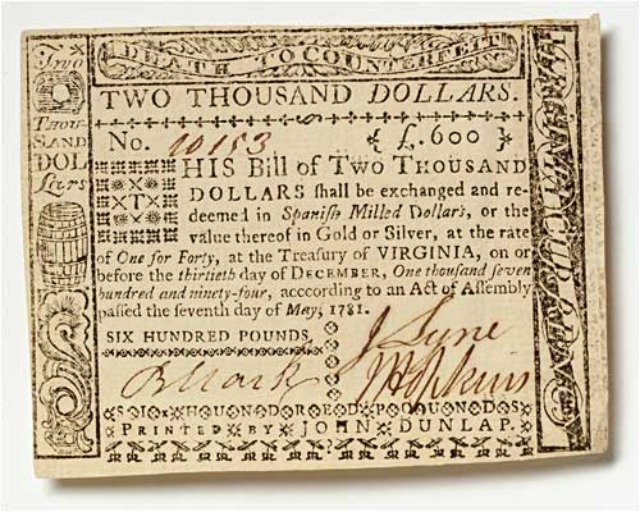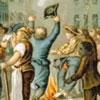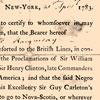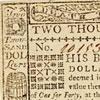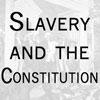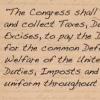During the Revolution, the monetary system in the 13 English colonies in North America virtually collapsed. The problem began much earlier, in the 1680s, when colonists were expected to pay for British military action against the French and American Indians. Though an economic success, the colonies had no meaningful natural sources of gold or silver – the raw materials of coinage and standard way to produce money at the time. Instead, first Massachusetts, and later the other colonies, began to print paper currency backed by the promise of British repayment in specie. The colonies became some of the first public entities to issue paper currency in the Western world.
Paper currency was a boon to colonial governments and citizens for nearly 80 years, until the Revolutionary War. During the war, the money that had been backed by promise of British specie came to rely instead on a Continental victory followed by British remuneration; that is, its value depended upon Britain’s defeat.
During the Revolution, the Continental Congress started printing paper money so that both Continental and individual state currency were both available. The value of both Continental and state currency diminished significantly as the war went on. Until 1777 all colonial currency was still accepted at roughly its equivalent in specie, but after continued American defeats, and as the war dragged on, the value of the currency plummeted. By 1780, Continental currency traded at one-fortieth its face value, and by the end of 1782, Virginia’s currency traded at one-thousandth, so that it took one thousand dollars in Virginia currency to equal one Mexican dollar in silver. In 1781, the Virginia government was printing $2,000 bills (pictured here).
This bill was part of a plan the Continental Congress developed in 1780 that pulled $111,000,000 in national currency from circulation to bring down inflation. People could exchange this bill at one-fortieth its value for a new Continental note. This plan helped somewhat, but many colonists held on to their old money, hoping that it would gain value again. The currency crisis during the Revolution caused serious hardship for all colonists – British loyalists, Continentals, and those who remained neutral. Monetary issues would serve as part of the impetus behind replacing the Articles of Confederation with a new Constitution giving the federal government more control.
Source: “Two thousand dollar bill from Virginia during Revolutionary War,” image, 1781, in Richard G. Doty, “Promises to Pay, Promises Unkept: How We Won a War and Lost Our Shirts,” Colonial Williamsburg Journal (Summer 2003), accessed September 20, 2011.


